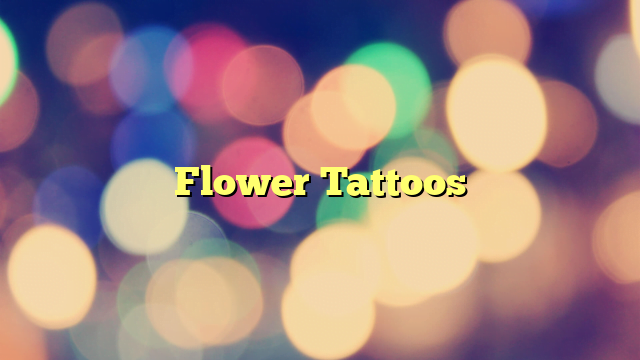Have Fun with Silk-Ribbon Embroidery
Give silk-ribbon embroidery a shot and you’ll be surprised with the romantic result you have come up with.
This is just among the old art forms that have become popular again these days. It uses not just ribbons but also perle cotton and embroidery floss to serve as ornamental floral motifs and stitch patterns on a piece of fabric or accessory. Embroidered by hand, silk ribbon can be made with just basic stitches to provide your stuff with antique quality embroidery. Among the various forms of embroidery, this one is so easy to do that even a neophyte embroiderer can make eye-catching patterns with a few simple stitches.
History
Also tagged as Rococo Embroidery, the silk-ribbon embroidery first appeared in England in the early 17th century. This design came up when the dressmakers in London tended to copy a French style called ‘embroidery de favour.’ This form of embroidery continued to appear in European fashion and had its full bloom in the 18th century when it dominated the ornamental arts and fashion in most parts of Europe. But its story doesn’t end there because rococo embroidery continuously reappears in the fashion world for around every fifty years.
Uses of Silk-Ribbon Embroidery
Ribbon embroidery showcases the finest stitches to decorate quilts, clothing, towels, pillowcases and other fabric items. It can also be utilized to embellish sachets and artworks that are framed. When stitching blooms and birds, silk ribbon is usually used. Depending on the skill of the embroiderer, this form of embroidery suits almost anything that’s embroidered including scarves, bonnets and many other fashion accessories.
House decorations can also be ornamented by embroidered ribbons. Just imagine how your lampshades, table cloths and picture frames will look like with stylish ribbon embroidery. Another great advantage of ribbon embroidery is that it can be made even without needles. When your needle seem to be out of sight, you can just tie up the silk ribbon at the place where you want it to be. Ribbon embroidery delivers a pleasurable result most of the time especially now that ribbons are offered in different colors, sizes, width and texture.
Silk-ribbon Embroidery Basics
The four things a novice embroiderer will need are: a wide-eye needle, silk ribbon, fabric to stitch on, and your own share of creativity. Remember that silk ribbons come in various width and sizes so the needle you must use should have an eye that’s wide enough to accommodate the ribbon.
One thing an inexperienced embroiderer like you should remember is – you don’t make mistakes but variations in this type of embroidery. When you accidentally pulled the ribbon too tightly or you’ve made lopsided stitches, you only make your project realistic while showing off your personality in your embroidered piece. Further, ribbon is more advantageous than floss because it is wider, so you can work it up quickly and spread it easily.
So all is set now and you are about to begin embroidering. Bear in mind that knotting the needle in silk ribbon embroidery is far different from tying floss. Don’t make a mistake of tying a knot at the end. To make the knot, let the ribbon pass through the eye of the needle. Then fold a small border on the other end of the ribbon and pierce it using the needle. Pull both the ribbon and the needle all way through to make to knot.
Now that you have already made a knot, you can come up with wide range of attractive stitch patterns. Among the five easy stitches you can employ are ribbon stitch, lazy daisy stitch, stem stitch, straight stitch and French knots.
So there. The basics are now provided to you, have fun and enjoy your silk-ribbon embroidery project!


